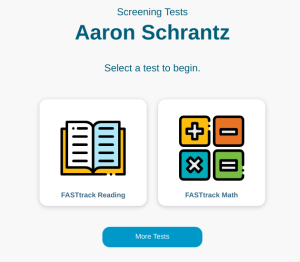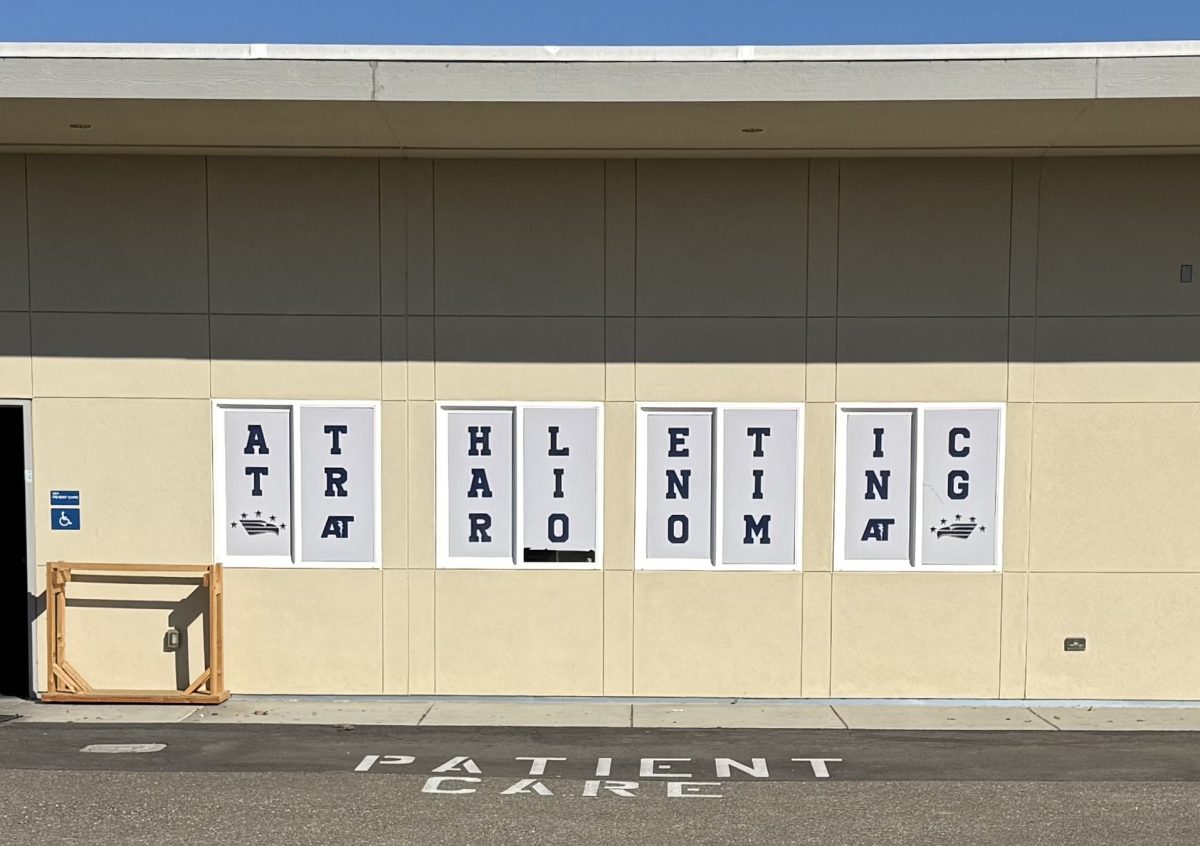Standardized tests, such as FastBridge, are commonly used in education. Students start taking the FastBridge test as early as elementary school. However, there are differing views on the purpose of this assessment.
From a district point of view, FastBridge is seen as a screener test to make sure students’ academic levels are up to standards. Ashley McCall, from the district office, specializes in testing.
“Fastbridge is what’s called a universal screener,” McCall said.
Testing students through the Fastbridge platform is a way to make sure all students are meeting a set standard. The test is taken at the beginning of the school year to identify students who aren’t meeting the standard early.

For many teachers, the FastBridge helps track the progress of students, which then allows them to make adjustments accordingly.
“FastBridge is a screener, and what it is intended to do is to identify students who are below grade-level or need some kind of intervention,” Statistics and Algebra 1 teacher Aaron Sue said. ”It’s supposed to identify [students] early so you can address their needs and bring them up to grade-level.”
The results also allow teachers to notice a pattern in performance. Teachers have found that students who have taken higher level classes perform better, likely due to them already being above the maintenance level. With some students already being at or above maintenance, it allows the teacher to focus more on the other students who may be struggling.
Though district staff use Fastbridge testing to gather data, and teachers see it as a tool to make sure kids are up to standard, some students may not see it as useful and more of a daunting task to complete.
“Sometimes it just does not seem like the best use of our time, especially the English section it’s just not very challenging,” Casimir Rosinski (’26) said.
Comments such as Rosinksi’s demonstrate the different viewpoints between students and teachers when it comes to standardized testing. Such responses should be noted by teachers, administrators and districts so that all parties can take the feedback to make more structured tests.








